Nandina: description, planting and care

There are many ornamental plants. But not all of them are equally well known to domestic gardeners. Nandina's home, for example, enjoys undeservedly low popularity.
Description
This crop is considered one of the most graceful and attractive shrubs to be grown in the garden. The attractive properties of the species are associated with its foliage and crown. The plant looks especially impressive in cold weather. An evergreen bush whose foliage looks like carved, and the plant itself is painted in multi-colored tones.
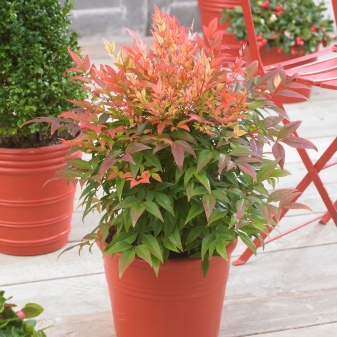
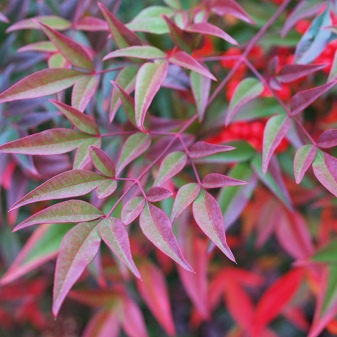
Nandina is rightfully listed in the list of elite indoor crops. It is not for nothing that many colorful epithets are addressed to her. And in the descriptions in the east traditionally sounds like "sacred bamboo". However, you should not take this name seriously: neither biologically, nor in appearance, nandina has nothing to do with true bamboo. It is believed that such a definition is associated with its features:
- rapid development of roots;
- the fineness of the stems;
- specific geometry of foliage.
Under natural conditions, nandina cannot be found outside of China and Japan. The whole genus Barberry includes a single species. But thanks to the success of breeders, you can buy planting material of a wide variety of varieties. The differences between them are manifested in the color of the leaf, and in the nature of flowering, and in the form of berries, and even the most ordinary shrubs look amazing. The highest height of nandina is 4-5 m. But in a room it rarely rises to 1 m. The shoots are relatively thin and do not branch. The crown is elegant. The bark is light brown.
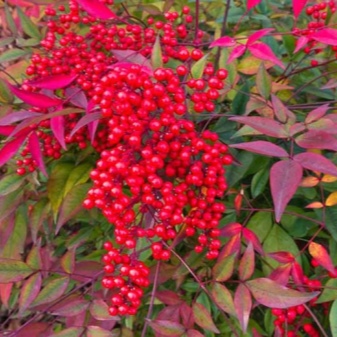
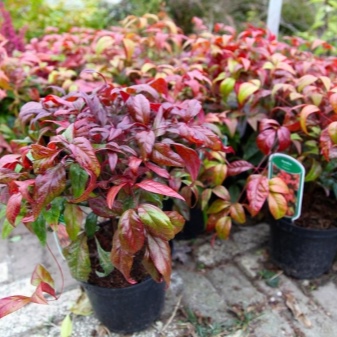
Care
With due diligence, nandina can be grown in the garden. However, it is worth giving up the idea of cultivating it in the open field: you will have to use only suitable tubs with soil. There is no need to cut the plant, except for the shape of the bonsai.
Important: the moodiness of the plant does not decrease, even if they try to arrange it in this style. But in this case, they only bare the shoots below and get rid of the overgrowth.
Experienced growers try to immediately buy a plant that has a certain shape. At the same time, it is also important to systematically remove drying out foliage: sometimes nandina cannot get rid of it on her own. For your information: all parts of the bush are poisonous, and you can work with it only with gloves. This culture requires extremely gentle care. If you do not have significant work experience, it is better not to take risks and not start a plant. The main attention should be paid to:
- maintaining optimal humidity;
- the required illumination intensity;
- the desired temperature: it should remain at the same level even in the warm season.
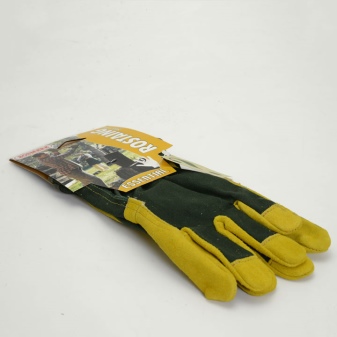
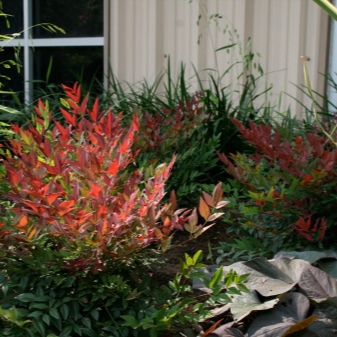
Lighting
In May, the plant is placed in partial shade. It must be kept there until the start of autumn frosts. In summer, the temperature should be kept around 20 °. Indoor plantings are placed as carefully as possible. Lighting is critical for them: if its level weakens, the plant can get sick.
Remember that not all sunlight is equally beneficial. Only the comfortable rays falling on the windowsill in the morning and in the evening are perfect.
It is recommended to put home nandina on windows oriented to the east or west.
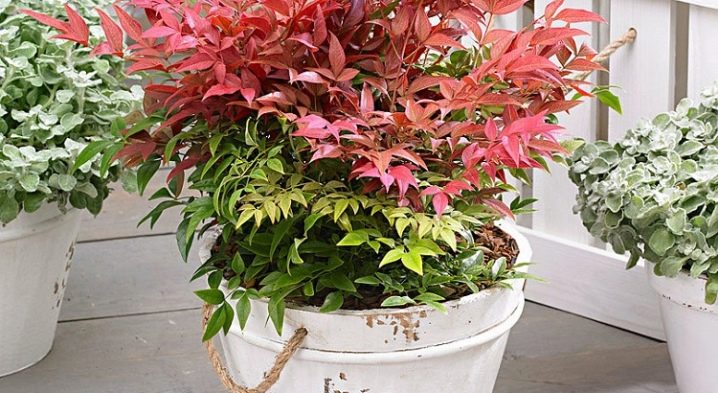
And you can also use:
- showcase windows;
- bright halls;
- glazed balconies (subject to normal heating);
- winter gardens with strict conditions.
If it is not possible to provide adequate natural light, resort to artificial lighting. The appearance of spots on the leaves is often associated with excessive light exposure. Lack of light is expressed in the elongation of shoots and the active development of weakened branches.
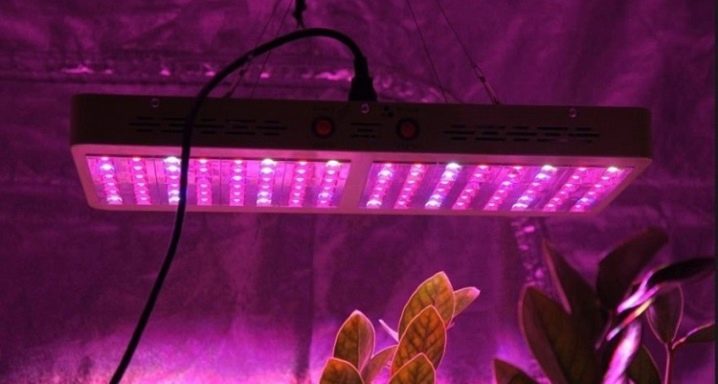
Temperature
When the cold season comes, nandina should be moved to relatively cool rooms. The best air for her is from 7 to 13 °. A drop in temperature below 7 °, if it occurs for a short time, will not do harm. If the plant sheds leaves, you need to place it in a cooler place and take care of humidifying the air. Drafts, even if the temperature is generally kept at the correct level, can be fatal.
Important: you still have to ventilate, because fresh air is very important for nandina.
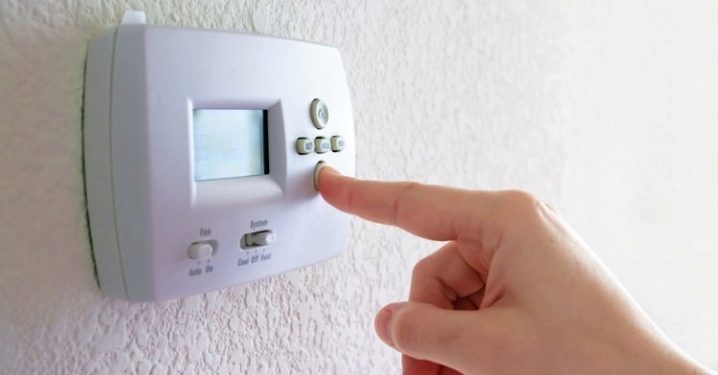
Watering
It is highly recommended to inspect the plant more often and check under what conditions it develops. Experienced growers also check the nandine substrate at the same time. As for watering, there are no particular difficulties: watering is necessary only when the surface of the substrate dries up. But even in the summer, you should not get too carried away with watering.
Important: the soil should not dry out completely either. And also it is necessary to control the quality of the water.
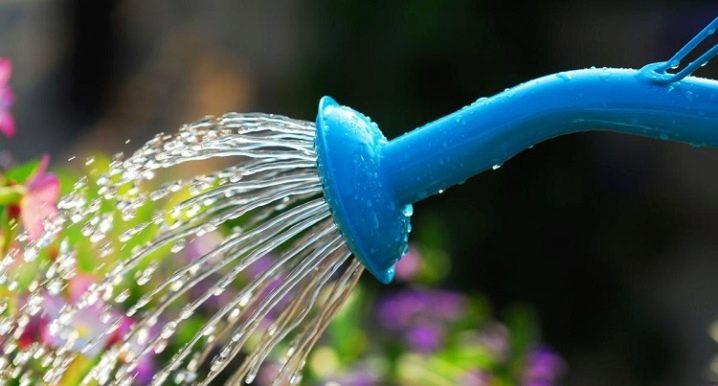
The settled liquid with low hardness is optimal. Its temperature should be slightly higher than the room temperature. Acidification of water is quite acceptable. In winter, it is imperative to take care of air humidification.
Instead of special expensive appliances, pallets filled with:
- moss;
- decorative stones;
- expanded clay.
It is necessary to carefully avoid the slightest contact of the bottom of the pot or plant with water. Stagnation of water in the humidifier is also categorically unacceptable. In the spring and summer, the humidifier is no longer sufficient, and therefore regular spraying is necessary. They are carried out strictly through finely dispersed nebulizers.
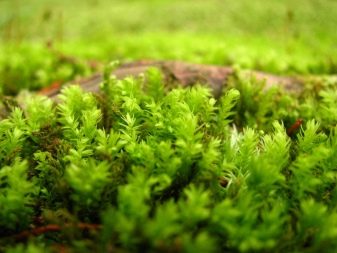

Top dressing
After planting, nandina is fertilized from early spring to early autumn. The interval between dressings is 14 days. In autumn and winter, they are guided by the recommendations of the breeders. It is advisable to use complex universal formulations. The main thing is that they do not have a long-term effect.
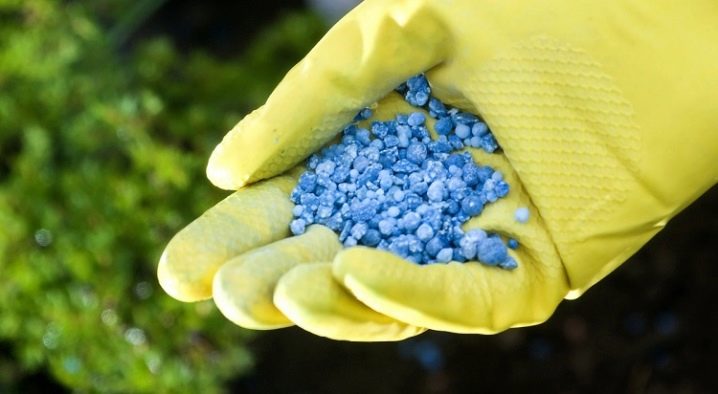
Transplant and reproduction
Changing the pots is only necessary after filling them with roots. If the transplant is not carried out in some year, the surface of the substrate is refreshed. The earthen mixture should be light. Can grow nandina in soil with an acidity of 4-6.5 pH. When transplanting into a new container, the roots cannot be exposed.
Reproduction is best done by root shoots. The seeds are planted immediately after harvesting the fruit. They are laid 1-1.5 cm in the soil. Only loose lightweight soil is suitable. Landings are kept under glass achieving a temperature of 23-25 °. This requires a bright light.
Important: there is no need to expect rapid development from seedlings.
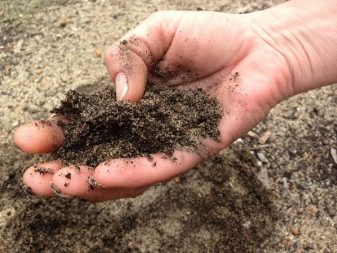
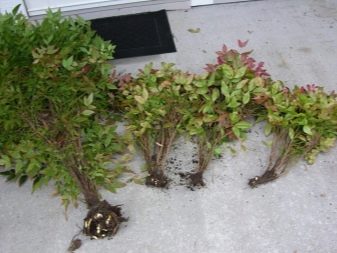
In the next video, you will find even more useful information about this wonderful shrub.



























































The comment was sent successfully.